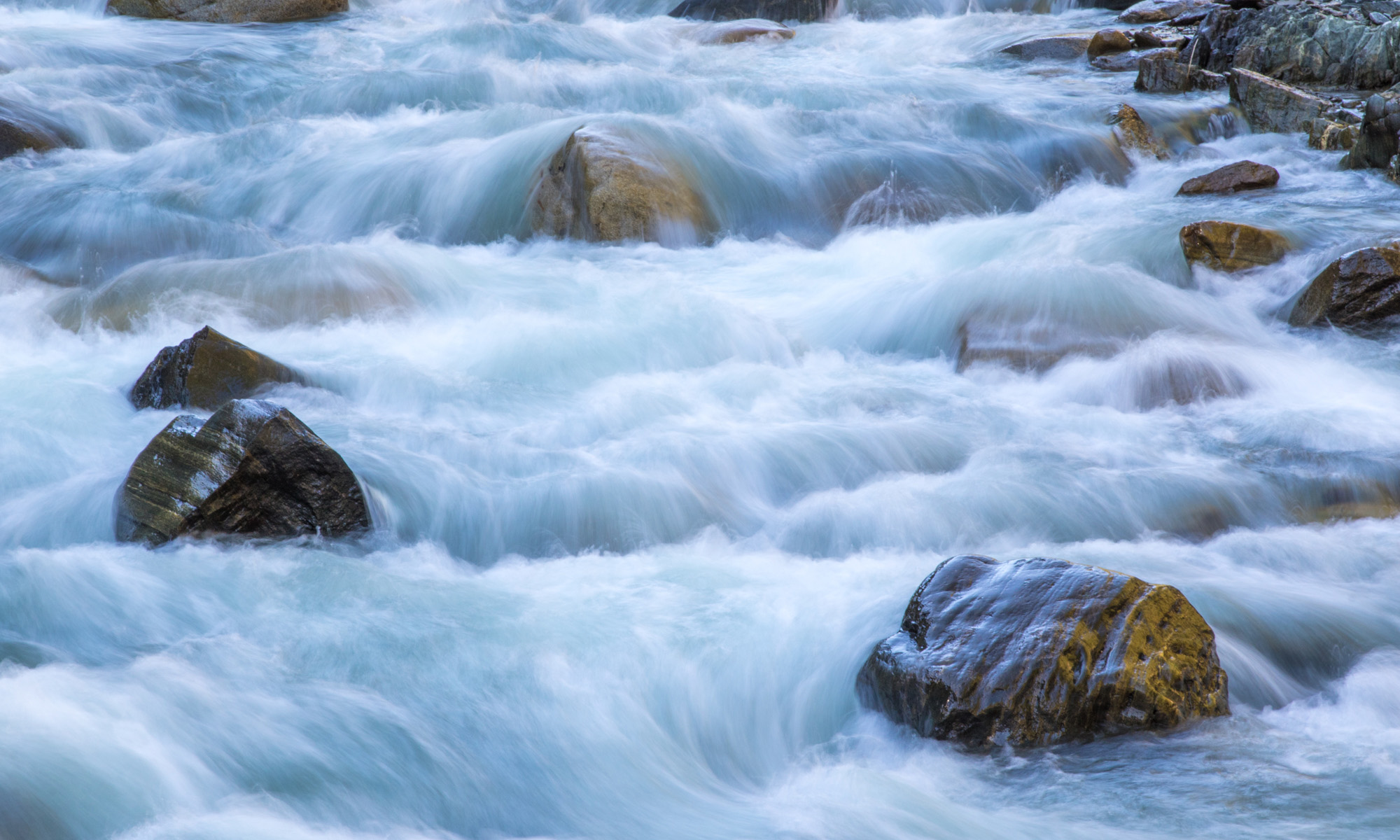

Today’s Question: Is there anything that can be done to reduce the possibility of an image becoming pixelated when resizing?
Tim’s Quick Answer: The key to avoiding a pixelated image in general is to ensure you have adequate resolution for the intended output size. That means ideally starting with an image of adequate resolution, not enlarging too significantly, or ensuring viewers will not get too close to the final enlargement.
More Detail: A pixelated image is one where the resolution is not adequate to provide smooth edges, with an appearance that leaves the impression you can see individual pixels in the photo. An image that appears pixelated is generally the result of inadequate resolution, or a poor enlargement technique. Whenever possible it is best to start with an image that provides adequate resolution for the final output size.
For example, a 24-megapixel camera such as the Sony A7 III (https://bhpho.to/3scI7Rc) provides enough resolution to print up to about 13″x19″ without increasing the number of pixels in the photo (assuming no cropping of the original image). A 50-megapixel camera such as the Canon EOS 5DS R (https://bhpho.to/3CHXuGe) can print up to about 20″x30″ without enlargement.
If you used a camera with relatively low resolution or cropped the image significantly, the print size without enlargement will of course be smaller. And the more you need to enlarge an image for the intended output, the greater the risk of visible pixelization in the image.
To be sure, software has improved significantly over the years in terms of being able to enlarge a photo while retaining very good quality. But even with the best software there are limits.
As a general rule of thumb, an image of good quality can be enlarged to about double the width and height (four times the total image area) while maintaining good image quality. Beyond that, there is a risk that pixelization may become apparent.
Of course, this can be mitigated by viewing distance. If the viewer will be far enough away from the print, there is no limit to how significantly you can enlarge the image. A good example is roadside billboards, which look great from the highway but generally look rather pixelated when viewed up close.
So, try to be sure you are always starting with an image of adequate resolution, try to avoid the temptation to enlarge an image too significantly, and when a significant enlargement is necessary try to make sure viewers can’t get too close, so they won’t be able to see any pixelation in the image.
 The September 2021 issue of Pixology magazine is now available, featuring the following articles:
The September 2021 issue of Pixology magazine is now available, featuring the following articles:
